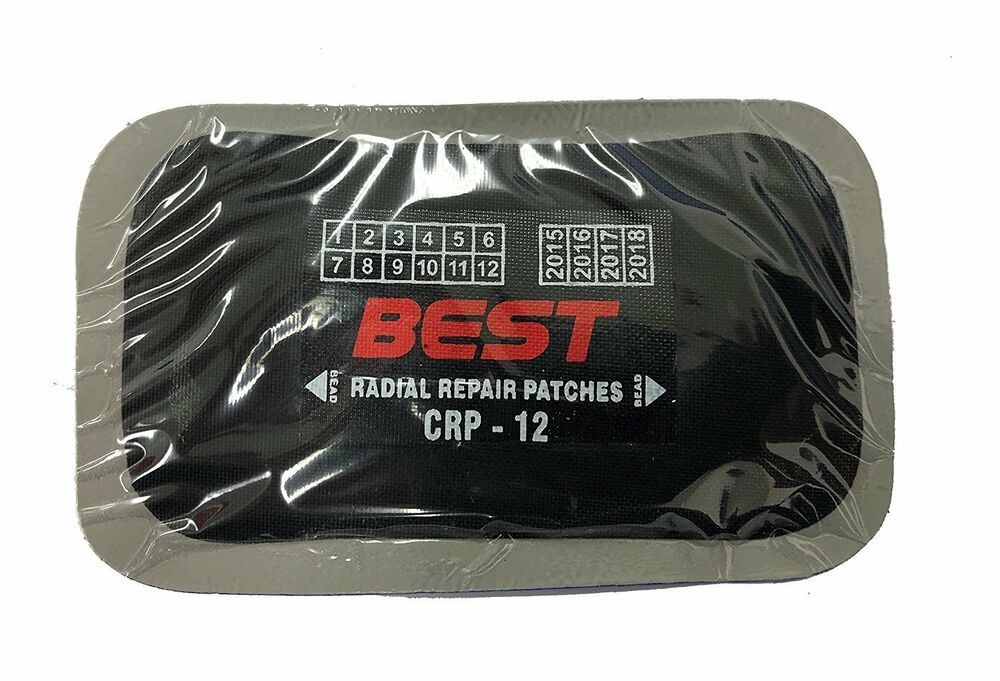RE-3
Rema Round Red Edge Patches For Car, Truck & Tractor
From $16.95
6 reviewsRAD-115
Rema Radial Repair Patches for Truck, Tractor, Grader, Forklift
From $52.95
15-140
AA Round Patch-N-Plug for Radial/Bias Tire
From $24.95
2 reviewsRE-18
Rema #18 Intro. Tire Repair Kit
$249.95
X-X14605
Xtra-Seal 14-605 Tire Repair Cabinet for Truck Tire
$775.00
12
Rema 12 Truck Tire Repair Kit
$389.00
X-14-650
Xtra Seal Truck Tire Nail Hole Repair Kit - 14-650
$395.00
1 reviewRAD-110
Rema RAD-110 Radial Repair Patches for Car/LT (20/Box)
$39.95
1 review10-100HD
AA HD Round Radial Reinforced Universal Patches (100/Bag)
From $25.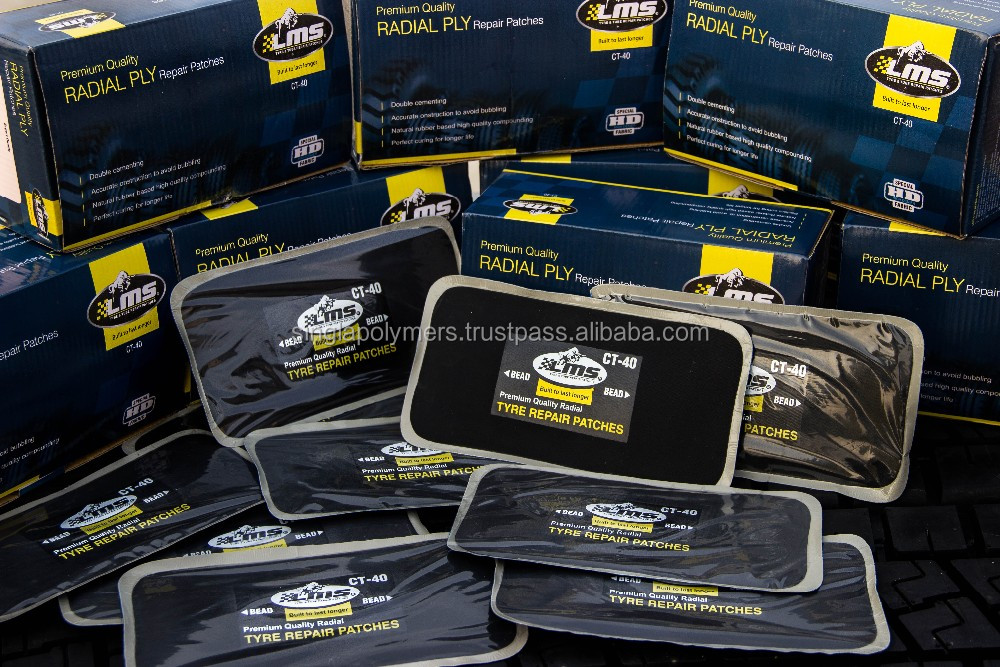 00
00
UP-3
Rema Universal Repair Unit
From $59.95
VL14-110
AAValueline HD Radial Tire Repair Patch
From $14.95
2 reviewsRE-5550
Rema Tire Patch Thermopress Heat Resistance Foil, 3x6" 1000/Box - 5550
$51.95
RE-F0-P
Rema Round Red Edge Patches For Bicycle, Motorcycle, Car/LT
From $13.91
6 reviews15-030
AA Minicomby Repair Units
From $19.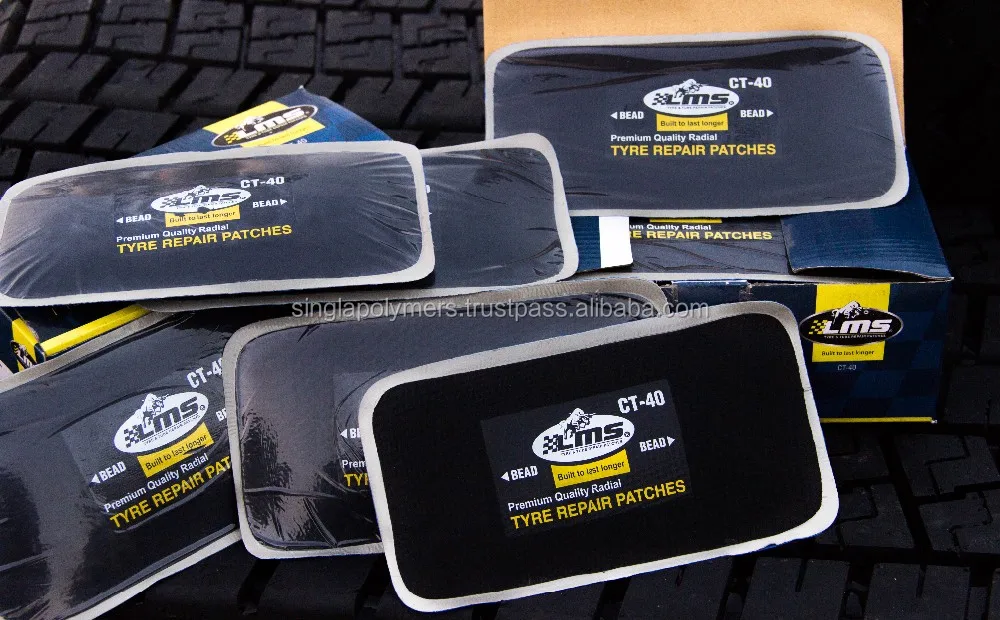 95
95
5561
Rema 5561 MTR Cushion Gum (5.5 lbs)
$119.95
15-130
AA 15-130 Patch-N-Plug Tire Patch, 1/4", Cord, Radial/Bias (15/Box)
$32.95
PN-20
Rema Bias-Ply Tire Repair Unit for Agricultural Tire
From $141.08
X-14-657
Xtra-Seal 14-657 Heavy-Duty Truck Toolbox Kit
$715.00
53-356
AA Tire Repair Cabinet for Car and LT
$399.95
1 reviewX-X14603
Xtra-Seal 14-603 Tire Repair Cabinet for Car/LT
$685.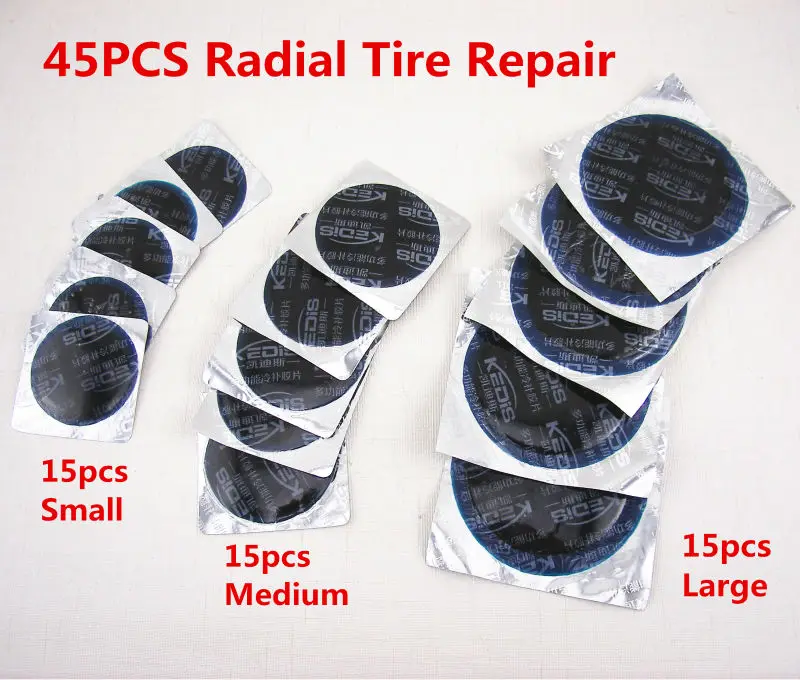 00
00
Flat tires, blown-out tires, and shredded tires are all extremely common occurrences, especially when driving through areas that are under construction. Running over a nail can be very upsetting and may leave you wondering what the best way to repair your tire is in instances like this.
Tire repairs come in many different shapes and forms and are highly dependent on how severe the damage is to the tire. Most simple damages can be repaired with either a plug or a patch, but which option is better?
First, let’s break down what exactly tire plugs and radial patches are.
What is a Tire Plug?A tire plug is a sticky, expandable piece of rubber that gets inserted into the hole from the outside and seals the tire. Tire plugs take very little time to install and can be done without removing the tire from the wheel, and in some cases, while the tire is still attached to the vehicle. The plug should stay intact well enough to safely get to a repair shop.
The plug should stay intact well enough to safely get to a repair shop.
A radial patch is a flat piece of rubber with an adhesive back that is placed on the inside of the tire to repair the damage. These are typically stronger than plugs but require more work as the tire does need to be removed from the vehicle and the wheel. As the air pressure is put back into the tire, the patch expands and melds to the tire forming one solid piece.
So Which is Better?First, there are a few factors to take into account:
1. When can you use a plug on a tire?
When choosing to plug or patch a tire, it often depends on the size of the hole and the location. Plugs are typically used for small punctures. Be sure not to plug your tire if:

When can you patch a tire?
Patches are better than plugs for bigger holes, holes closer to but not the sidewall, and holes that aren’t completely straight. Be sure not to patch your tire if:
2. The safety of use
Both the US Tire Manufacturers Association (USTMA) and the Tire Industry Association (TIA) have their own safety standards for tire repairs.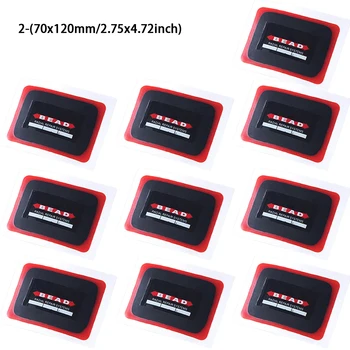 These standards must be upheld if the tires are to be considered safe after the repair. Doing a tire repair yourself is not advisable unless it is a very straightforward instance.
These standards must be upheld if the tires are to be considered safe after the repair. Doing a tire repair yourself is not advisable unless it is a very straightforward instance.
How safe is plugging a tire?
When driving, as your tires heat up, they will expand. A tire plug is made of a different rubber compound than tire rubber which means they expand at different rates. If you are repairing your tire yourself with a plug, you are solely relying on whether or not you properly plugged the hole. The plug needs to withhold the friction, expansion, and contraction when your tire heats up and cools off.
Plugging a tire can also trap air between the layers of the tread. When dipping the plug into the glue and inserting it in the hole, you are gluing it to every layer it passes through. As the tire heats up. The air between the layers expand and has nowhere to go causing the tread to separate from the rest of the tire.
How safe is patching a tire?
Radial patches are designed to repair radial tires which are most of the tires on the road today.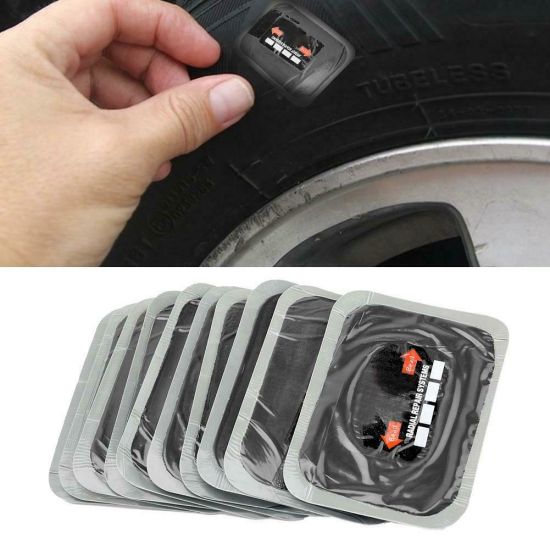 When your tire heats up, the patch “melts” into the tire. If the tire is patched, the patch prevents any air from inside the tire from escaping. It also allows any air trapped between the layers to escape out of the entrance hole in the outer tread area.
When your tire heats up, the patch “melts” into the tire. If the tire is patched, the patch prevents any air from inside the tire from escaping. It also allows any air trapped between the layers to escape out of the entrance hole in the outer tread area.
Though you do have to remove your tire to install the patch, it is safer to do so. Without properly inspecting the inside of the tire for hidden damage comes with risk. This is not to say that in some cases a plug wouldn’t serve as a temporary low-speed solution, but if a tire is punctured while you are not near an auto repair shop, a patch would be the safer option.
Radial Patch is the Winner!The Rubber Manufacturers Association (RMA), refers to a tire industry study that showed that nearly 88 percent of tire repairs are performed improperly. They also suggest that any tire repair done without removing the tire to inspect and determine the extent of the damage is an improper repair and could pose a safety hazard and could also affect the manufacturer’s warranty.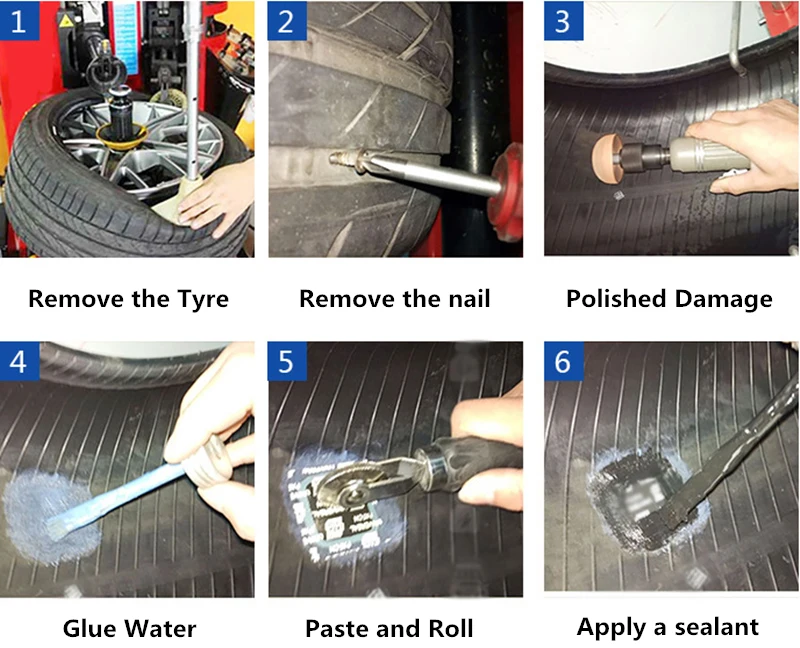
Overall, a radial patch is a safer, long-term solution. Plugs should be used as a temporary repair until you can have the tire taken off of the rim and inspected from the inside, then patched.
Always remember that any tire damage should be repaired immediately, even if your tire is still holding air but has a small leak. Small damages can lead to harmful accidents which can be easily avoided with a repaired tire. Your tires need to be maintained on a regular basis for damage, wear and tear, and lifespan. Whether you have a flat tire, a damaged tire, a small leak, or just need your tires checked, Luke’s Auto Service located on Grove Avenue in Verona, NJ is always here to help keep you safe and on the road!
Request Appointment Now
References/Image Sources:
tireoutlet.com
carcility.com
slime.com
txtire.com
Please enable JavaScript in your browser to display pages properly.
8 (800) 707-65-40
Request a call
Remind password
Personal account
New customer
8 + 6 =I hereby confirm that I have read and agree to the terms of the privacy policy and consent to the processing of my personal data. Learn more
Request a call
Leave your phone number and a convenient time to call, and we will call you back
Shopul. Komsomolskoye highway, 3b st. Business, 7st. Vaneeva, 209Aul. Golubeva, 7 st. Karl Marx, 60 vul. Comintern, 39, room 1st. Generala Ivlieva, house 24Aul. Fuchik, 36, Perekhodnikova st., 28/1 st. Dyakonova, 2 r. Gaugelya 2A/2pr. Gagarina, 37b 4 + 8 = I hereby confirm that I have read and agree to the terms of the privacy policy and consent to the processing of my personal data. Learn more
Learn more
A radial tire is such a tire, cord threads, based on which are located from one sidewall of the rubber to the other, perpendicular to the circumference of the car wheel. These threads have one layer, on top of which a top coating of steel or dense fabric is applied.
The marking of this type of tire identifies it with the letter R on the sidewall of the car wheel or the words “BELTED” or “RADIAL”.
Car tires are divided into two types according to their structure: diagonal and radial. The diagonal wheel is distinguished by the fact that the cord threads at its base are overlapped. Consider the “pluses” of radial rubber relative to diagonal:
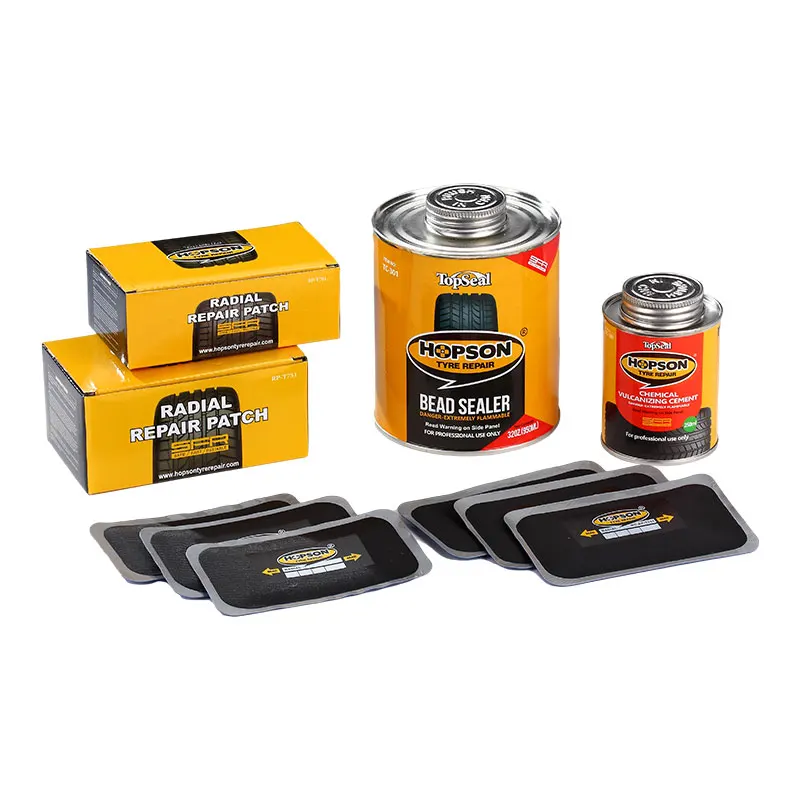 The place of contact of the rubber with the road does not change the area due to the breaker. Breaker - an intermediate component of an automobile wheel between the cord and the tread pattern. This part of the tire does not allow changing the shape and size of the contact patch.
The place of contact of the rubber with the road does not change the area due to the breaker. Breaker - an intermediate component of an automobile wheel between the cord and the tread pattern. This part of the tire does not allow changing the shape and size of the contact patch. These car wheels do not have obvious negative qualities, but there is a moment arising from the peculiarity of the structure that the driver needs to know about:
The low strength of the sides of tires, as a result of the perpendicular construction of the cords in the rubber. The sidewalls are subject to damage, from which the car owner himself is able to protect the rubber. Cuts, punctures, abrasions can be prevented by observing a careful driving style without hitting the wheels while driving or when parking to the curb.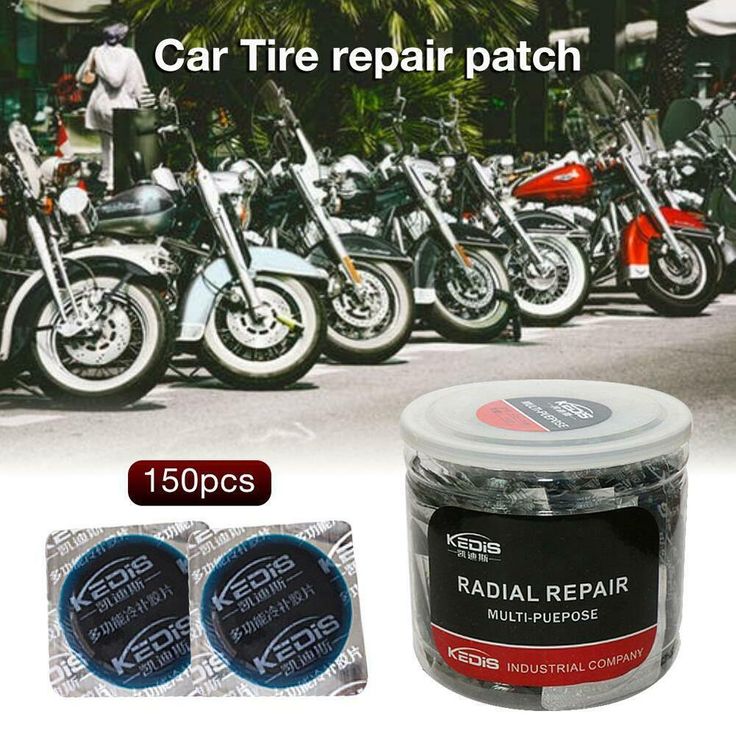
In order for the car wheel to be able to demonstrate all the qualities inherent in it by the manufacturer, you need to understand the recommendations for its installation and care. If a set of radial rubber has a directional tread pattern, it will have an arrow marking on its surface. This arrow indicates the vehicle's direction of travel. The installation of such a tire must be carried out in accordance with this designation.
If you are installing a radial tire with an asymmetric tread pattern, then you need to know the installation recommendation: the front side of the rubber must match the front of the rim. Marking, contributing to their correct alignment: "INSIDE" and "OUTSIDE".
Care of the radial type of automobile wheels consists in their careful operation on the roads. Careful handling of the sidewalls of the rubber and seeking advice and assistance from specialists in the event of cracks and other defects on the tread or side of the tire.
Complain
Thank
Online store KOLOBOX
Close
Moscow and region
Tires are one of the most important inventions of all mankind. It is worth noting that a modern car would not have become such a successful and efficient vehicle without pneumatic tires. Outwardly, the tires are little different from each other, with the exception of the tread pattern and their radius. All of them consist of various rubber compounds and fillers. Some sizzle - others don't. The round shape of the tires is maintained by the carcass. The carcass directly affects many tire characteristics.
Diagonal frame
Radial frame
Let's consider two types: tires with a diagonal and a radial carcass. Despite the external similarity, they are structurally very different.
Frame
The bias tire has a carcass made of
multi-ply cord.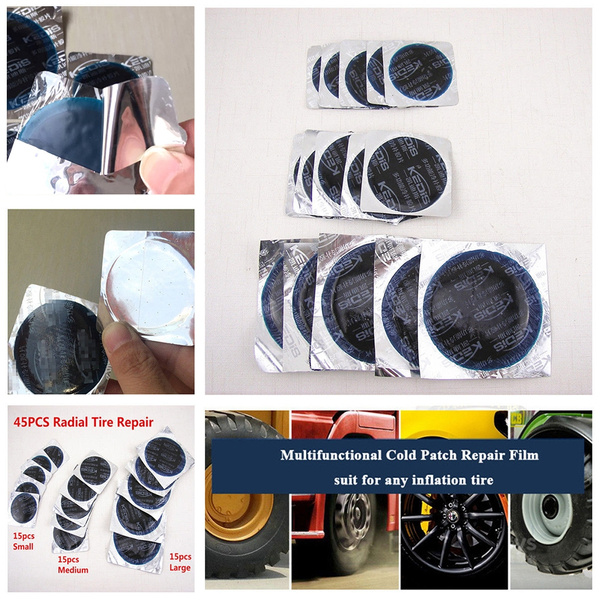 As a rule, the number of layers
As a rule, the number of layers
is a multiple of two. Textile cords of different layers
are located at an angle of 35° to 40° to each other
and intersect exactly in the middle of the tire
protector.
Frame
Breaker Belt
Frame
In radial tires, the cords are located at a
angle of 90° and are located along the entire tire
tread. And those sections of the tire that
are located in the contact patch with the road surface
are reinforced with a steel cord (it is also called a belt belt
).
In addition to the difference in the arrangement of cords, there are many other differences
- Cord threads for diagonal tires are made of nylon or kapron, for radial tires they are made of steel.
- Bias tires can have several layers of cord - from two or more, radial tires have only 1.
- Bias tires, as a rule, have two bead rings, with a radial one.
- Most bias tube tires, tubeless radials.
Functional differences of radial tires
— Better contact with the road. Radial tires have a larger contact patch compared to bias
tires.
- The weight of a radial tire and a bias tire with the same radius will be different. Lighter tire with radial carcass
ply.
— A radial tire can carry more loads (15 to 20%) than a bias tire.
- The carcass of a radial tire has better thermal conductivity, due to this, heat dissipation in such tires
will be better.
Some differences of bias tires
— Tires with a diagonal carcass have a well-protected sidewall and are less afraid of lateral damage
compared to radial tires. In this case, diagonal tires are more protected from
side injuries.
- Bias tires are cheaper than radial tires.
- Despite their shortcomings, bias tires have found their way and continue to be used in
commercial vehicles.